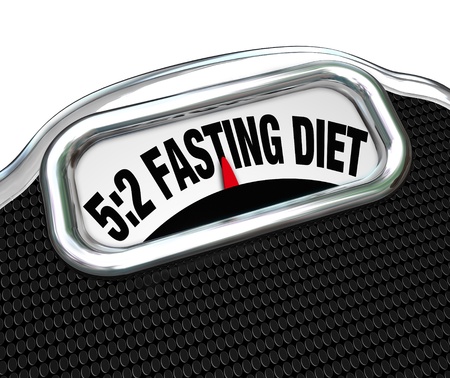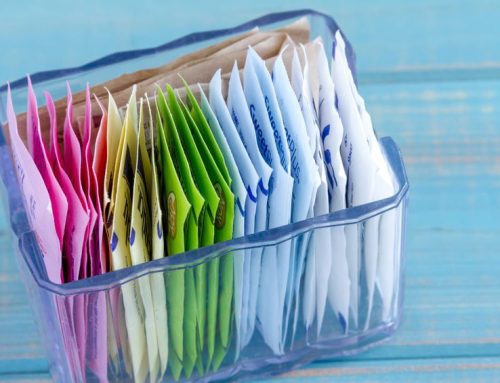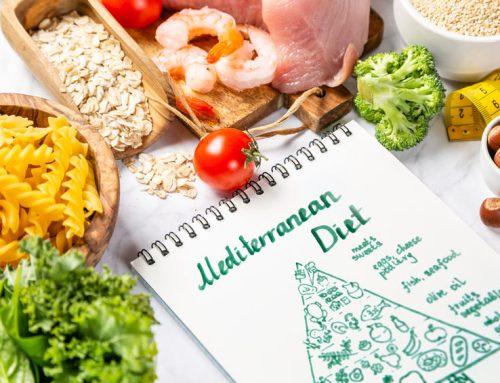Intermittent fasting comes in a variety of variations. You may find one more suitable to your lifestyle and preferences than others.
Intermittent fasting is undeniably fashionable. Right now, it seems the biggest trend in food has become forgoing it. Done right, we know fasting can speed up fat loss and reverse some of the effects of ageing. But which method is best suited to your lifestyle? Our bite-sized guide can help.
4 Different Fasting Diets, Rated by Experts
Intermittent fasting diets are rated below by the British experts:
The 16:8 Diet
The name refers to the ratio of daily hours spent fasting to when eating is allowed. You fast overnight (and usually all morning), then consume your calories in an eight-hour window.
How Does It Work?
The diet of choice for A-list beasts such as Hugh Jackman and Terry Crews, the 16:8 diet has gained popularity thanks to the relative ease with which it fits into modern lifestyles. After all, research suggests that almost half of Britons don’t eat a proper breakfast anyway.
Like other forms of fasting, it works by limiting your eating time to a defined period. Not only does this cap your calorie intake by default, reducing your ability to graze, it also improves your body’s ability to burn fat by lowering your insulin levels.
The 16:8 has more scientific clout than most of the fasting diets. A review in the journal Behavioral Sciences notes that rates of fat loss when fasting were just as high (sometimes higher) than regular low-calorie diets, while a study in the Journal of Translational Medicine shows that the time-restricted feeding approach can help you lose fat while maintaining muscle.
Make sure you’re tailoring your fasting window to your workout time. “If you’re training in the morning, try to have breakfast shortly after your workout to fuel your muscles, then have an early dinner,” says Daniel O’Shaughnessy, director of the Naked Nutritionist. “If you’re training late in the day, I would skip breakfast and eat a bigger lunch instead.”
Effectiveness: 4/5
The Water Fast
No food, no juice – just water. Some people might water fast for 24 hours once or twice each month, while others advocate doing it for as long as three consecutive days.
How Does It Work?
This is the least complicated of all the fasting diets. It’s also one of the most difficult. A popular iteration of water fasting is “Eat Stop Eat”, in which you take in no calories at all for 24 hours. For example, you could eat a late breakfast at 10am, then subsist on water until 10am the next day. On the non-fasting days, you simply eat as normal (if your growling stomach permits it).
Others advocate fasting for lengthier periods of 48 or even 72 hours, the latter of which should only be attempted under medical supervision.
As with all fasts, the goal is autophagy, the process by which your cells recycle themselves. Fasting will accelerate this activity; theoretically, the bigger your calorie deficit, the more impressive the results. Naturally, you’ll lose weight. However, you stand to lose other things, too. “I don’t know anyone who has completed a prolonged water fast and not seen their training suffer,” says Rick Miller, principal dietitian at King Edward VII’s Hospital. “It’s inevitable that you’ll lose some muscle mass, even if you do see rapid weight loss.”
As for hitting the gym on a diet of H2O, Miller doesn’t recommend it. “When you’re in a starved state, you’re going to have very low blood glucose, and you’ll potentially be disorientated,” he says. You’re better off just having a sandwich and crushing a CrossFit session.
Effectiveness: 1/5
The 5:2 Diet
Whereas the 16:8 runs on a daily cycle, the 5:2 functions across a week. For five days, you eat normally. For two, you limit yourself to a grueling 600-800kcal per day.
How Does It Work?
It was first popularized by journalist Dr Michael Mosley, who studied cyclical dieting protocols – the kind already popular with bodybuilders – and adapted them for the masses. The diet has since been endorsed by everyone from Benedict Cumberbatch to Beyoncé.
It owes its popularity in part to its relatively unrestrictive nature: while the two low-calorie days can be brutal, followers can revel in the freedom to eat however they want on the other days (though you are meant to eat sensibly).
From a scientific perspective, there’s plenty of evidence that these low-calorie days can be beneficial for fat loss. Some studies suggest that a temporary reduced calorie intake can also boost the production of white blood cells, which play an important role in your immune system, as well as curbing the risk of Alzheimer’s, Parkinson’s and type 2 diabetes.
The main sticking point is what to eat on the fasting days. Miller says you should take most of the popular 5:2 “recipes” with a pinch of salt – and a dash of egg white. He suggests beefing up the “soup and crackers” approach with higher-protein meals, so you don’t start losing muscle mass. It’s worth noting that, since his plan’s original publication, Mosley’s suggested daily calorie intake for men has been generously upped from 600kcal to 800kcal.
When it comes to training on low-calorie days, Miller recommends “active rest”, which can include anything from a brisk walk or an easy bike ride to a quick runaround with the kids. “It sounds like a paradox, but it just means don’t sit around doing nothing,” he says. “Don’t waste the opportunity to be active, but still recognize that you are under-fueled.”
Effectiveness: 3/5
The Juice Fast
This is exactly what it says on the carton. Ingest nothing but liquefied fruits, roots and vegetables for a set period – anything from 24 hours for beginners to an entire week for the hardcore.
How Does It Work?
The concept has been buoyed by numerous high-profile Hollywood endorsements, as well as the widespread assumption that anything green is good for you. The juice fast purports to reverse digestive damage and flush toxins from the body.
There are a few drops of truth to those claims: a UCLA study observed an increase in participants’ general well-being after a three-day cleanse, along with a rise in healthy gut bacteria. Kale juice has been associated with a rise in HDL cholesterol (the “good” kind), while citrus and carrot have been linked to a lower risk of heart disease.
However, don’t click “like” just yet. An article published by the Harvard Medical School is critical of the general lack of scientific evidence for most of juicing’s benefits, especially the vague claims that it can “detoxify” the body and counteract chronic diseases. Sure, kale and other healthy foods will support your body’s natural healing processes, but the science suggests that they work just as well when sautéed as drunk.
A juice-only diet might help you shed some unwanted pounds, too (you’ll probably struggle to knock back the 2,500 kcal that the average man requires every day), but this comes at a cost. By stripping the fiber out of fresh produce, you concentrate the sugar. “Even if you’ve got plenty of vitamins and minerals, all of that sugar means you’re raising your insulin levels very high,” says Miller. “Most juices don’t include any protein, either, so you’re not getting the nutrients needed to support muscle recovery.”
Juice fasting might be viable for the sometime yogi on a meditation retreat in Bali, but a zero-protein, high-sugar diet is likely to leave you suffering burnout on an average rainy Monday. If you’re still tempted, though, fast for just one or two days, ideally when you don’t have much on, and supplement your juice with a blended bean broth for satiating fiber and a touch of protein. Oh, and there’s no need to pay a lot of money for a delivery box.
Effectiveness: 2/5
Click here to read full article about intermittent fasting variations.







